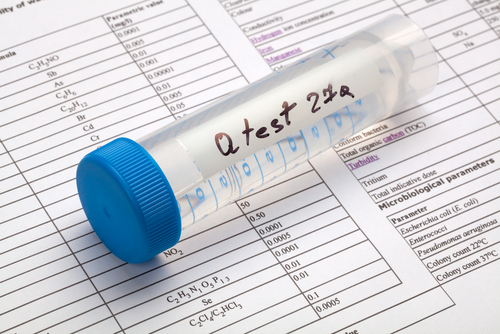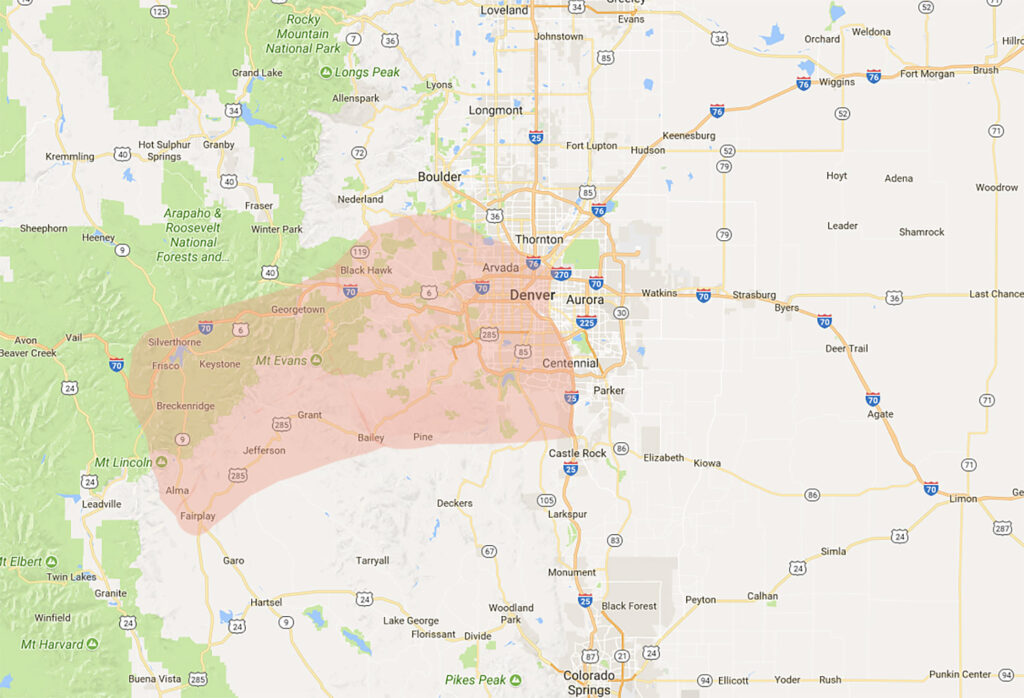Basic Water Testing Guidelines for Residential Wells

By Mike Temple, GeoWater Services
All Private Wells
Bacterial quality (total and fecal coliform) and nitrate should be tested annually. Spring (when the ground is wet) will usually be the best time to give owner the “worst case” scenario of the water.
Families with Kids
Check fluoride for children under 12. Also recommend in certain areas of the foothills that typically have high natural fluoride, testing even if no small children in family, since elevated fluoride (>4.0) can impact health of adults. If fluoride levels are elevated, recommend also testing for radioactive components.
Homes with depositing, staining or buildup
Test things like TDS, hardness, iron, manganese, copper and possibly silica.
Homes with blue-green staining, metallic taste or pinholes in pipes
Test corrosivity of water (Langlier Index, pH, alkalinity, TDS, hardness, copper levels before and after flushing lines); also recommend testing for other minerals, such as iron & manganese, if metallic taste.
Homes in certain areas known to have high natural radiation in the groundwater (foothills, mountain areas)
Test Gross Alpha/Beta, Uranium, Radium-226, Radon-222, and air radon levels.
Water with musty or swampy odor or taste, sulfur odor, cloudy appearance or oily sheen on water surfaces
Test coliform bacteria (total and fecal) and possibly iron-related bacteria, sulfate-reducing bacteria, and/or slime-forming bacteria.
Illness in Family (gastrointestinal complaints, rashes, vaginal infection)
Test coliform bacteria.














